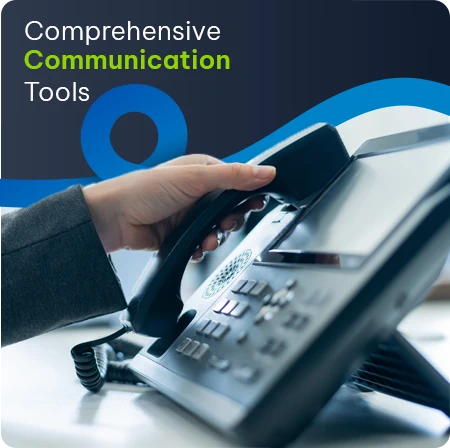Property safety is often a litany of false alarms and fake threats that take up time, cost money and test patience, but, it doesn’t have to be that way thanks to modern technology
The yodel of alarms and electric fences are the soothing sounds of the South African suburb where monkeys run amok, lightning hits trees that fall on walls and tear down electric fences, the wind blows, and spiders run across sensors. If it’s not a false alarm, it’s fake news, and every time the alarm goes off, the homeowner gets stressed and the security company wastes time. As Rodney Taylor, Managing Director at Guardian Eye points out, these constant alerts also affect the cost to the company which then trickles down to the consumer and ends up becoming an expensive problem for everyone.
“It’s becoming increasingly expensive for the security companies to assess every alarm,” he adds. “This is why there has been a shift towards technology innovations that are designed to eliminate these false events. One such innovation is the software that’s designed to filter out the noises that set off alarms so the security system only identifies the real threats.”
In the past, access to smart software was exclusive to expensive systems with high-end cameras and platforms. Today, these solutions have become far more cost-effective and accessible and can be implemented into security systems that use anything from low-end cameras to the best the market can offer. Security companies can load the software across all the cameras on a property and use it to reduce false events and improve true threat identification without having to upgrade all their cameras and systems. Consumers can use the software to upgrade their own systems and to reduce the frequency of false alarms and security call-outs. In fact, this modernised approach to safety can mitigate the need for traditional patrol guards and complement security company reaction protocols.
“Whether a corporate customer or a consumer, this type of technology can really change the way a premises is secured and managed,” says Taylor. “Most solutions come with a mobile app that landlords, estate managers or tenants can use to manage alerts, cameras and upgrades. These offer a quick and easy way for users to assess an alert before the security company is engaged. If it’s a false alarm, they can negate the event without incurring costs or admin. Some solutions offer a short video clip of whatever triggered the alarm so the user can instantly see if there’s a problem.”
The first benefit of moving into a software-driven security environment is the cost saving. Consumers don’t pay more for security call-outs, they don’t end up jumping at every false alarm, and they don’t necessarily have to buy new cameras to gain the benefit either. Modern software is more forgiving of older, low-profile camera systems without compromising on their ability to minimise false events which makes it a lot more affordable to implement and use.
Then there is the value that comes with being able to visually check an event to see if it’s worth worrying about. The peace of mind this offers can’t be measured in rands, but certainly in value. If the user is away, they can see what triggered the alarm and remotely deactivate the system or notify security. The same applies to estates and corporate office blocks – an alert can be assessed by on-site security personnel to determine the level of threat. Software essentially steps in and makes any environment far safer and more manageable without adding an unnecessary admin burden to the homeowner, estate manager or landlord.
“Another benefit is removing the risk of ‘cry wolf syndrome’ that can put someone at risk,” says Taylor. “A person’s alarm can keep going off and the security company just ignores it, thinking it’s the tree they told the person to cut down. Then, the alarm goes off and it’s not the tree but the security company ignores it. This situation doesn’t work to anyone’s benefit so having software that can detect the tree versus the invasion is critical.”
Another factor, one that has recently become a significant value-add, is the work-from-home trend. Post-COVID-19, many people continue to work from their homes using costly corporate equipment. Often, people have very little security protecting them or their expensive generators, laptops, computers and printers. The risks have increased measurably but people haven’t invested in commensurate security. High-risk environments can really benefit from this third eye that provides all users with visibility into a property and the alerts, and that can be used by security companies to better protect the property and its assets.
“Criminals are well-aware of the fact that homes are now filled with tasty goods that aren’t adequately protected,” concludes Taylor. “This introduces unnecessary risk to life and property that can be mitigated by adding in technology that’s designed to improve security. For homes, software and cameras are a solid starting point; for corporate environments or estates, these tools can be enhanced by access control applications, visitor management applications and other solutions that can refine security completely.”
In a country where safety is a priority, technology can remove the irritations of monkeys and trees and replace their false events with trusted alarms that save money and improve safety.












